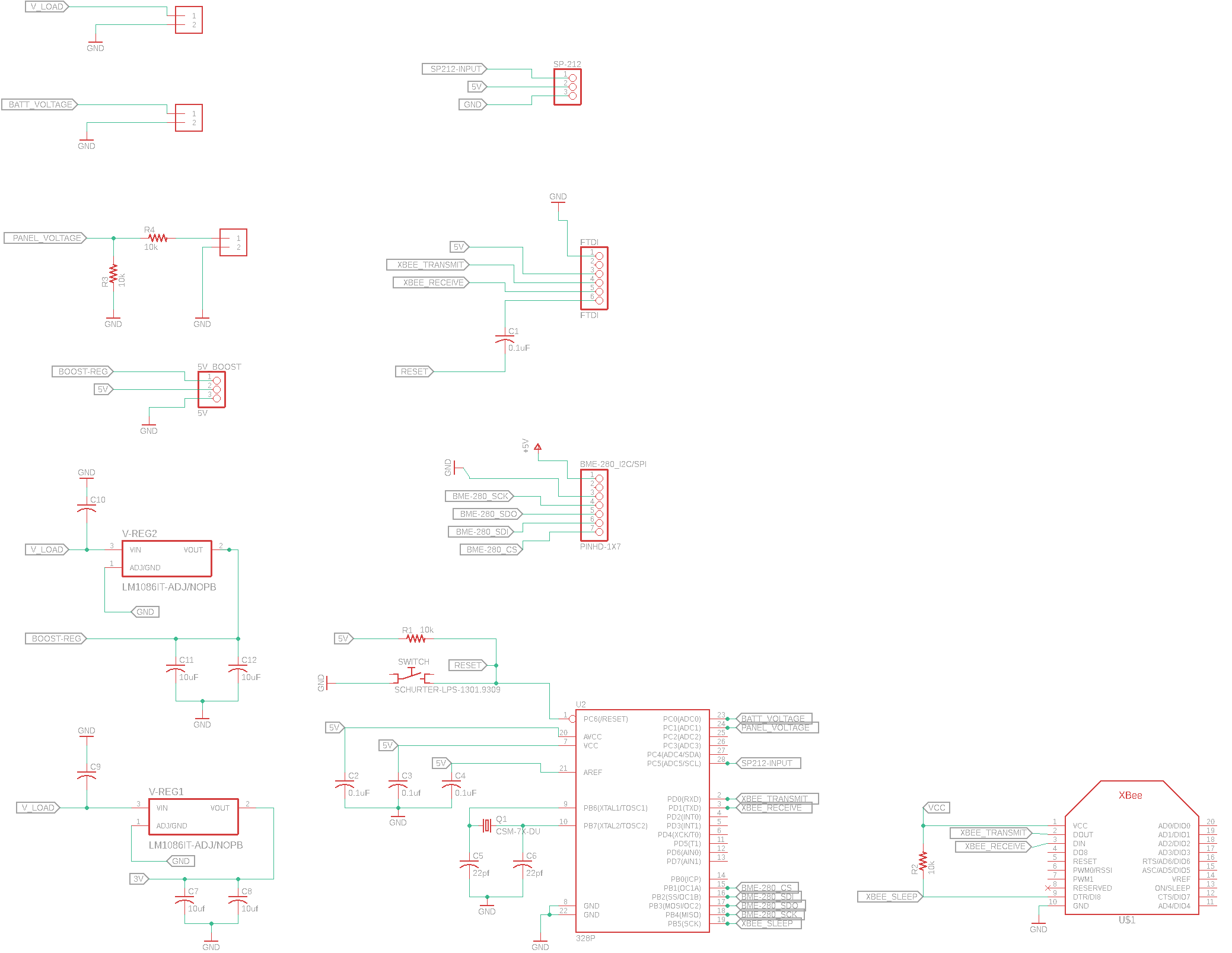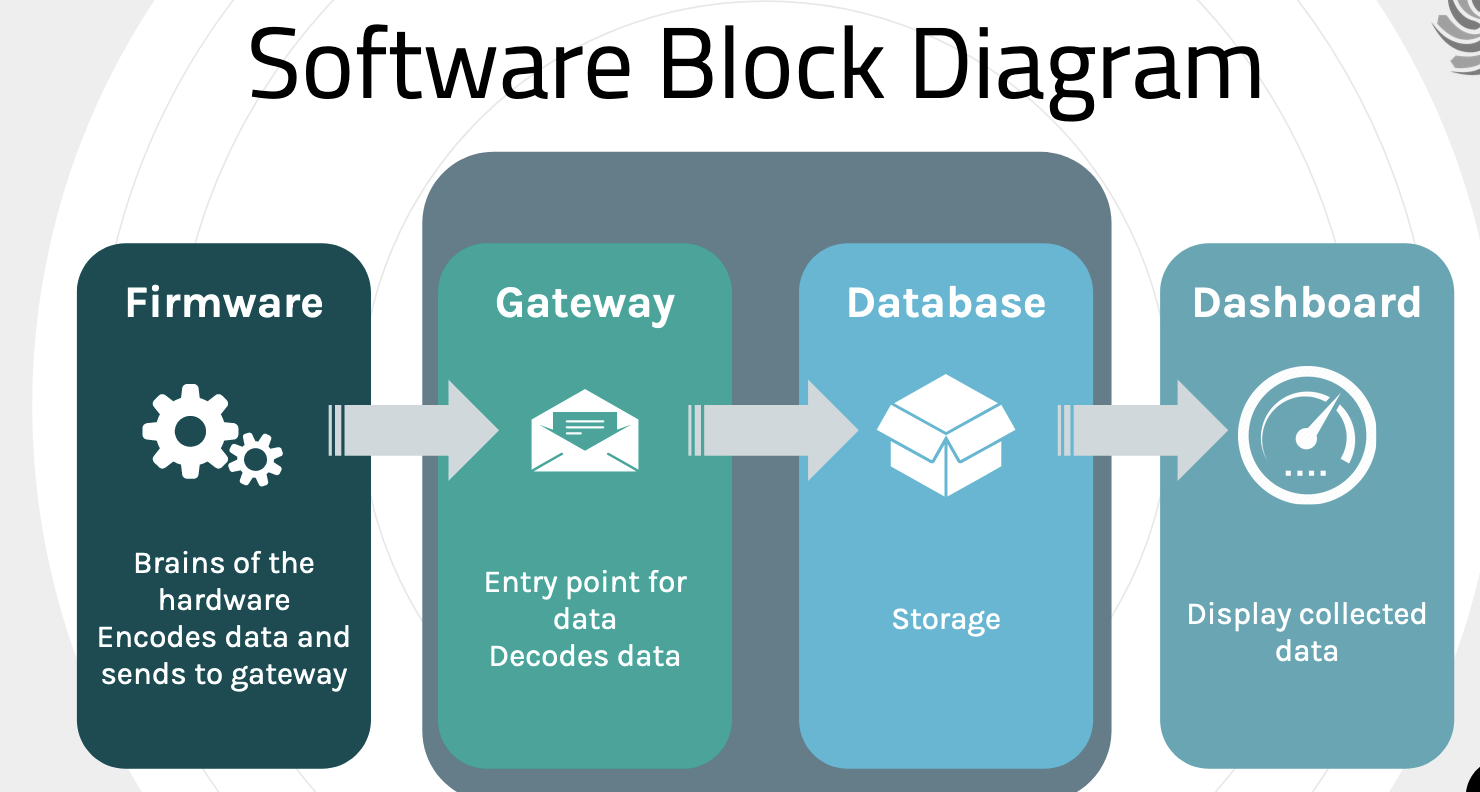SCEL

SCEL
The Smart Campus Energy Lab (SCEL) at the University of Hawaii aims to work with engineering students to assess, test, and implement sustainable technologies. The goal of SCEL is to assist the campus with adding these weather boxes that will assist with clean energy. These weather boxes collect meteorological data. We would then analyze the data and predict weather patterns. This data would then be used for choosing best and ideal places for adding the renewable energy devices in campus.

Learning the basics
I started this project for my sophomore project and we learned the basics such as designing the weather boxes using Eagle. I also learned how to design these weather boxes using a breadboard and did a lot of testing and work on it. I also learned how to solder and I was able to solder parts to our PCB. This was the time when we learned how to work in a team and how to start working as an engineer. It was not too stressful since it was mostly a tutorial but there were many moments were we had to troubleshoot problems. Below is the image of my 296 weatherbox schematic.

Working with firmware
The next semester for my junior project I was part of the firmware team which focused on maintaining and improving the code for the weather boxes. We were in charge of updating the codes from python 2 to python 3. We were also responsible for assisting any hardware team with their firmware or troubleshooting their problems. Our firmware was written in C++ and we mostly worked with the gateway. Near the end of the semester, we started creating a database. This databse would be used for teams like machine learning where they would use this data. Below is the blockdiagram of the software/firmware team.
